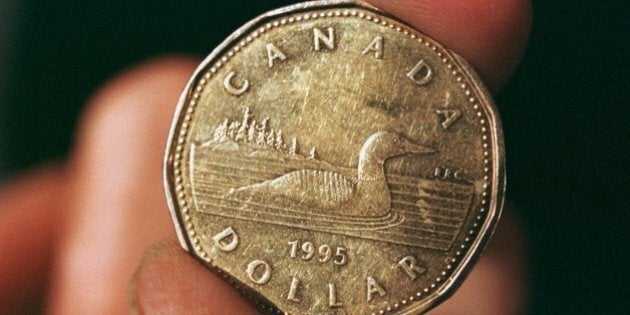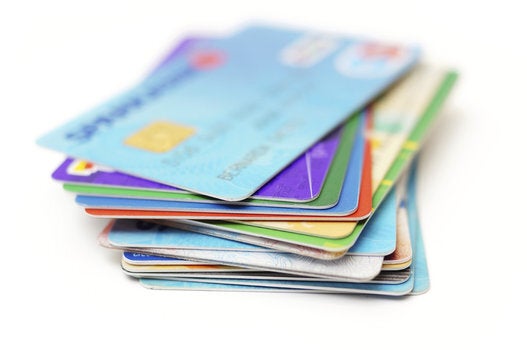
America is worrying about its strong currency. For the most part, Canada's weak currency has been hailed as a good-news story, a benefit to the long-suffering manufacturing sector. On a net basis, the immediate effects will be positive, boosting nationwide GDP growth by up to 1.2 per cent over the next 18 months. But the news isn't all good. In a globalized economy, there is more inflow of goods and services associated with higher exports to the rest of the world. Is there a downside to recent movement?
The strong positive impact of a falling currency has to do with our huge exposure to the U.S. dollar. Almost three-quarters of Canada's trade is with the U.S., a strongly dominant position that is more or less permanent. On top of that, much of the global commodities trade is denominated in U.S. dollars, and as such, the greenback determines an even larger part of Canada's global trade activity. A third key factor is that trade across the globe in less-developed markets is often cleared in U.S. dollars as a means of avoiding currency risks in countries where no hedging facilities are available. Given this further dominance of the U.S. dollar in our trade activities, is that the end of the story?
Not quite. Increasingly, larger emerging markets are moving toward local currency transactions. As global financial markets expand, derivatives are increasing the scope of currency hedging and other means of mitigating currency risk. At the same time, Canada's international trade is diversifying away from our traditional markets. Exports to emerging markets have almost tripled as a share of GDP since 2000, a trend that is expected to continue into the long-term future. At the same time, as the world continues to globalize, spreading technology further afield and intensifying competitive pressures, import options are also expanding at a very rapid pace.
Not only that, but Canada is increasingly investing in emerging markets as the scope of domestic operations expands globally. A depreciating currency makes foreign investments that much more expensive. But given the increasing dispersion of trade and foreign investment, it follows that, more and more, Canada is exposed to a variety of global currencies. How then are we doing against a broader basket of currencies?
Here, the news brightens. While we have depreciated against the greenback by 12 per cent in the past eight months, the trade-weighted index of non-U.S. currencies is actually remarkably flat. Versus the Euro, there has been volatility, but little overall movement in the trend CAD-Euro rate. Given that Canadian manufacturers are beginning to ramp up investment in machinery and equipment, this is very good news -- Europe is a well-known source of high value-added equipment, notably in the auto sector. With the CETA moving closer to reality, currency stability is actually a plus.
Canada has also been an avid investor in Mexico. Happily, the CAD-peso rate has not moved significantly from its trend rate, so peso deals will not be as affected as they might otherwise be. The same is not true for all countries, but in general, there are a good number of locations where, in terms of the goods and services that we import and the foreign investments we are making, the currency movements are much more stable than is currently the case with the U.S. dollar.
This situation suggests that there may well be a shift in the sourcing of inputs to the Canadian production process. Sales to the US will benefit from the lower loonie, but inputs, carefully selected from other locations, could boost margins even further. True, many supply chains are well-established, so the flexibility may not be there -- but as global growth ramps up, there are sure to be new sources of product popping up in a broad array of locales that provide alternatives to Canadian buyers.
The bottom line? A weaker Canadian dollar poses a threat to imported inputs to Canada's production machine, and to future Canadian investments abroad. But the soaring U.S. dollar isn't the only currency in play. Movements in other currencies are less dramatic. Perhaps this is an opportunity to scan the globe both for inputs to our production process and for direct investment undertakings in less-traditional markets.
ALSO ON HUFFPOST:
